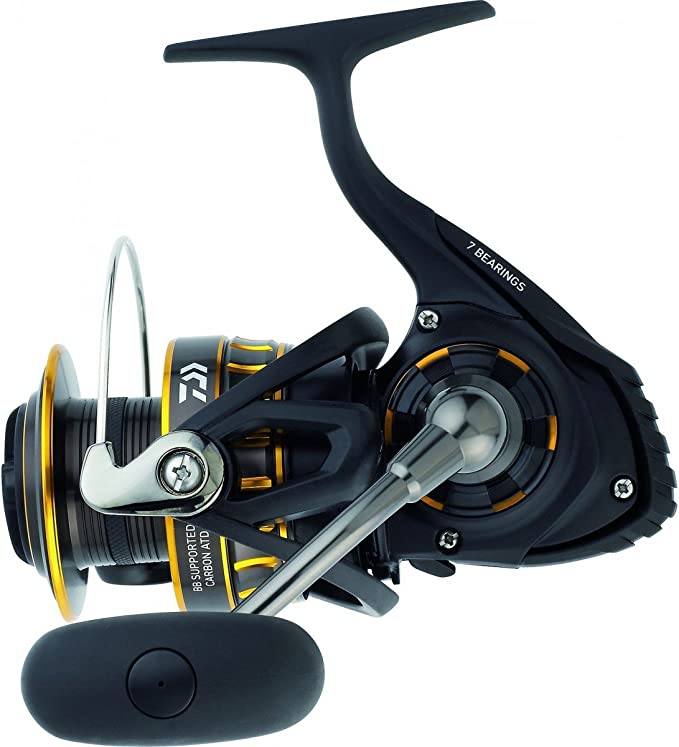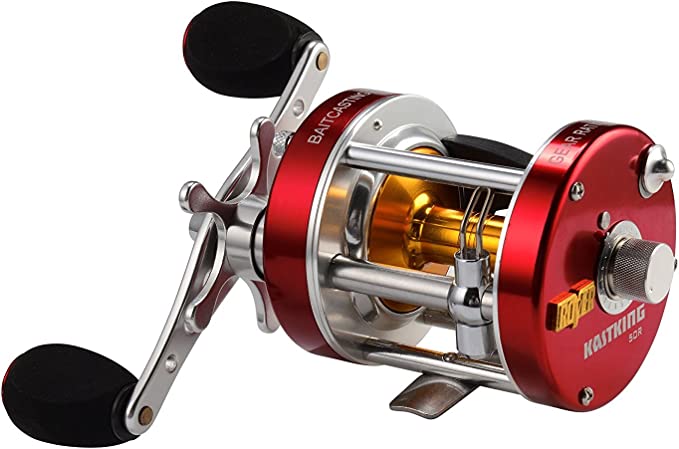Winnerwell Fastfold Titanium Tent Stove: Your Ultralight Companion for Winter Adventures
Update on Sept. 6, 2025, 3:49 p.m.
There is a particular silence that belongs only to the deep cold of a winter wilderness. It’s a silence punctuated by the crunch of boots on snow and the whisper of your own breath crystallizing in the air. In this world, you are governed by a brutal, unforgiving calculus: the constant war between the life-giving warmth you must carry and the soul-crushing weight of carrying it. Every ounce is a tyrant, every calorie a precious currency.
This is the fundamental paradox of the winter backpacker. And it is in the heart of this paradox that we find the most elegant examples of engineering.
Consider, for a moment, an object like the Winnerwell Fastfold Titanium Stove. On the surface, it’s a simple firebox with a chimney, designed to heat a small tent. Its specifications are impressive: a total weight of just four pounds, construction from pure titanium, and a design that folds flat without a single loose screw or pin. But to see these specs merely as “features” is to miss the point entirely. They are not features; they are the battle scars of a thousand difficult decisions. This little stove isn’t just a piece of gear; it’s a masterclass in the most important principle of design: the art of the intentional compromise.
Great engineering is never about achieving perfection. It’s about understanding constraints and artfully negotiating with the unyielding laws of physics. And by dissecting this four-pound furnace, we can uncover a lesson that applies to everything from our smartphones to the bridges we cross.

A Material Born for Extremes
The story of this stove begins with its material: titanium. The word itself feels strong, almost mythic. In the world of metals, titanium is the elite triathlete—impossibly strong for its lean weight and possessing legendary endurance. This is why 93% of the airframe of the legendary SR-71 Blackbird, a spy plane designed to outrun missiles at three times the speed of sound, was built from titanium alloys. The machine had to withstand air friction temperatures that would turn aluminum to jelly.
When you hold a piece of this stove, you’re holding a direct descendant of that aerospace lineage. Its high melting point (over 3,000°F) means a wood fire is little more than a cozy hearth, and its natural passivation—the instantaneous formation of a tough, self-healing oxide layer—makes it virtually immune to rust and corrosion.
But this performance comes at a steep price, which is our first major compromise: cost for capability. Titanium is not expensive because it is rare; it is the ninth most abundant element in the Earth’s crust. It is expensive because it is extraordinarily difficult to refine. The primary method, the Kroll Process, is a violent, energy-intensive batch process involving chlorinated gas and molten magnesium that has changed little since the 1940s. The decision to use titanium is a conscious choice to prioritize ultimate performance over affordability.

An Honest Confession from Physics
If you read through user experiences with this stove, a common observation emerges: with enough heat, the thin titanium top can warp. To the uninitiated, this might seem like a defect, a sign of poor quality. In reality, it is the opposite. It is a sign of profound design honesty—an open admission of a necessary trade-off.
This phenomenon is a simple matter of thermal expansion. All materials expand when heated and contract when cooled. The degree to which they do so is measured by their Coefficient of Thermal Expansion (CTE). To make a stove that weighs only four pounds, its walls must be incredibly thin, like metal parchment. When a roaring fire heats the stove top to several hundred degrees, the titanium atoms vibrate furiously, pushing each other apart. The panel wants to grow. But since it’s fixed at the edges, that stress has to go somewhere. The result is a slight, almost organic buckling or warping.
Could the designers have prevented this? Absolutely. They could have used thicker titanium or added reinforcing braces. But either solution would have added weight, violating the prime directive of the entire project. This brings us to the second, more profound compromise: sacrificing absolute rigidity for minimal weight. The stove is telling you, “I can be perfectly flat and heavy, or I can be incredibly light and a little flexible under fire. I cannot be both.” The warp is not a flaw; it is the physical manifestation of its lightness.
The Logic of Design for Frozen Fingers
The stove’s most celebrated feature is its “Fastfold” design. The body unfolds like metal origami, secured by integrated clasps. There are no separate legs to attach, no tiny screws to thread, no nuts to tighten.
This isn’t just for convenience; it’s a brilliant piece of Design for Assembly (DFA), specifically tailored to a hostile environment. Imagine trying to assemble a conventional stove in a blizzard, your fingers numb and clumsy inside thick gloves. The probability of dropping a critical screw into three feet of powdery snow approaches 100%. A lost part in these conditions isn’t an annoyance; it’s a mission-critical failure. The Fastfold design eliminates this risk entirely.
But this elegant solution carries with it a hidden consequence. A structure made of folded panels with simple clasps can never be perfectly airtight. Small gaps, invisible to the eye, allow air to seep in. For a wood stove, air is oxygen, and oxygen is fuel. As one user astutely noted, this makes it difficult to “dampen” the fire for a long, slow burn. The stove tends to run hot and fast because it’s always breathing through its own skin.
Here we find the third critical compromise: trading precise control for absolute reliability. The designer prioritized the certainty that the stove could be assembled quickly and flawlessly over the ability to fine-tune its performance once running. In the brutal calculus of winter survival, the guarantee of a roaring fire now is worth more than the luxury of a perfectly managed ember bed later.

The Beauty of a Flawed Masterpiece
Looking at the Winnerwell stove through this lens, we see it not as a collection of features, but as a series of deliberate, intelligent choices.
- It accepts a high cost to achieve ultimate performance.
- It forsakes perfect rigidity to win the war on weight.
- It sacrifices granular control for foolproof reliability.
This stove is not perfect. It is, however, perfectly focused. It was designed to solve one problem—the weight of warmth—with relentless clarity. Its “flaws” are not mistakes; they are the honorable scars of a design that knows exactly what it is and, just as importantly, what it is not.
This is the lesson encoded in four pounds of titanium. True innovation is rarely about a single, magical breakthrough. It’s about the patient, often invisible, art of the trade-off. It’s about understanding that every design choice has a cost and that wisdom lies in choosing which bills you are willing to pay. Look closely at the most successful designs around you—your phone, your car, your favorite chair. You will not find perfection. Instead, you will find the beautiful, intelligent, and deeply human art of compromise.







































